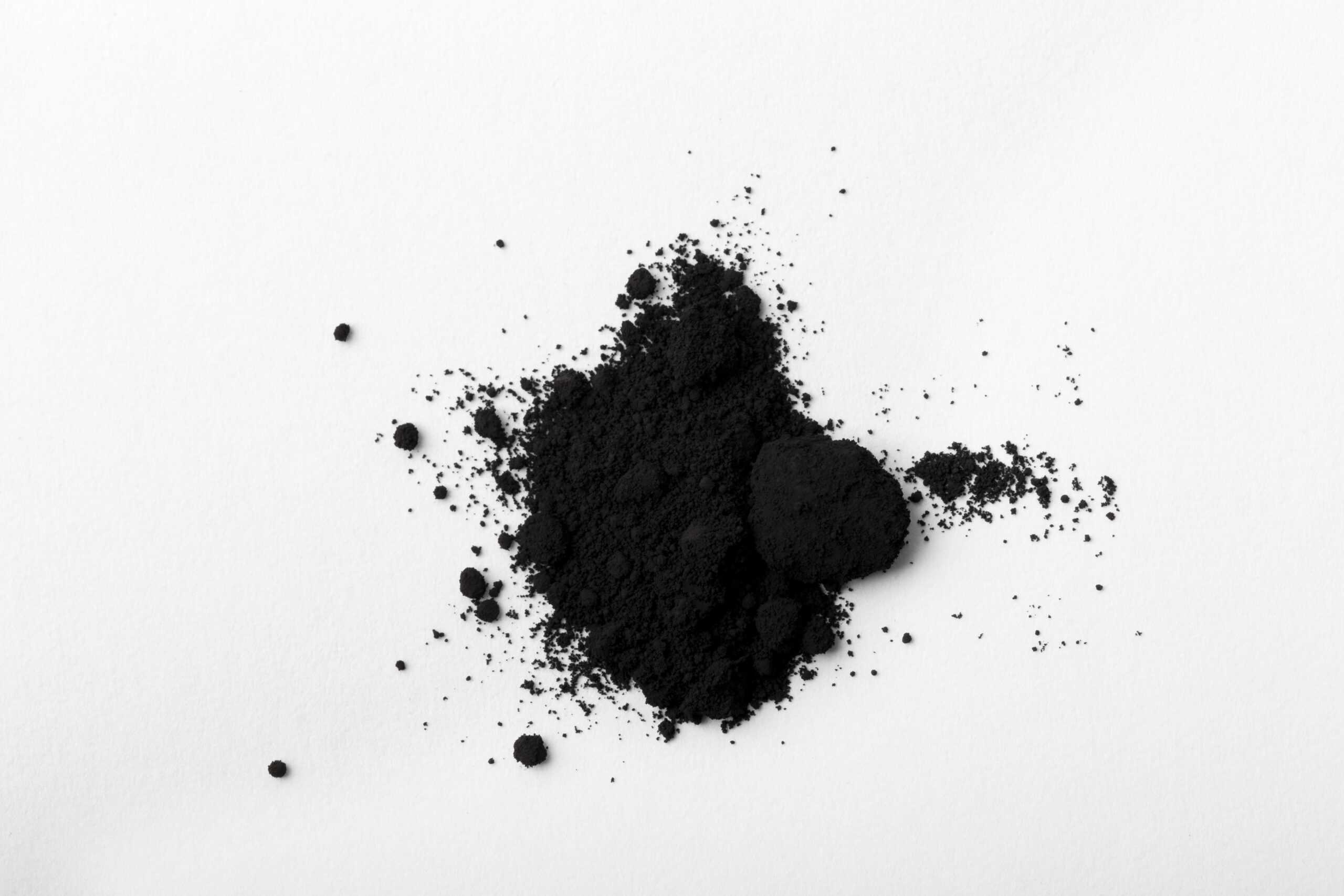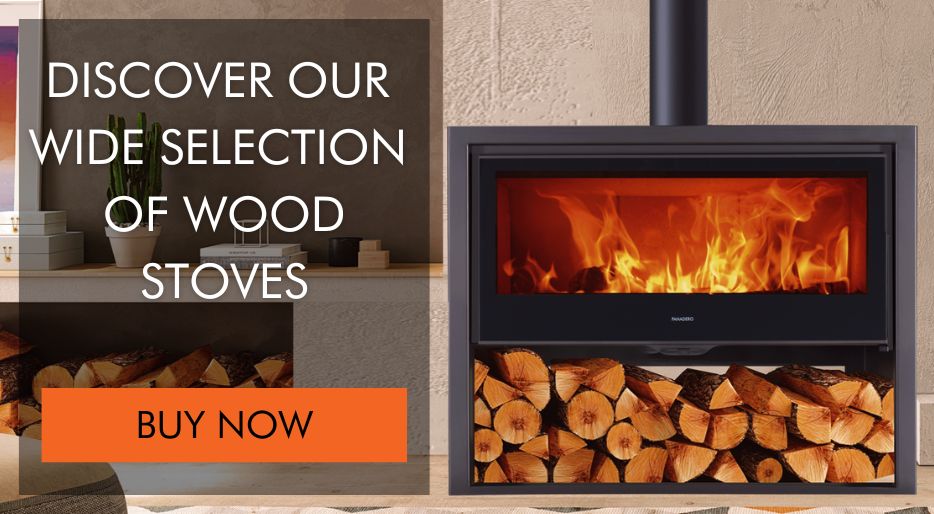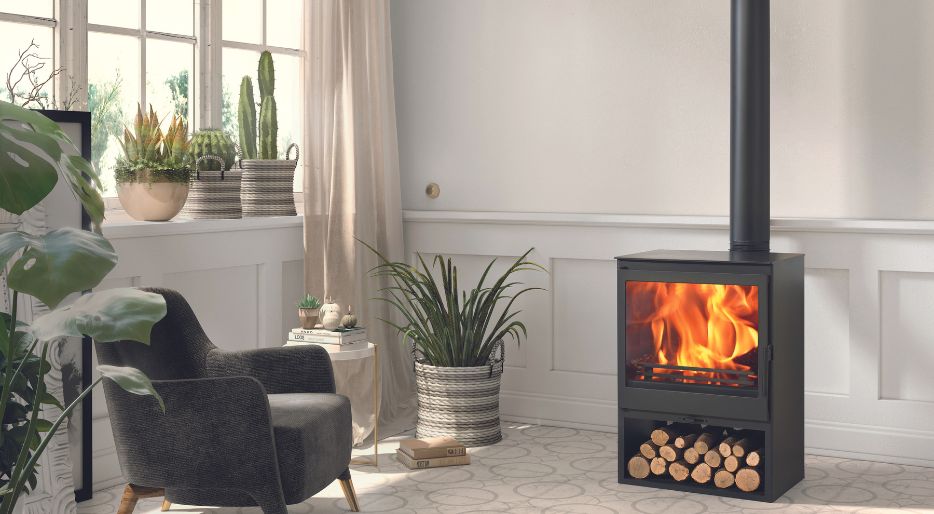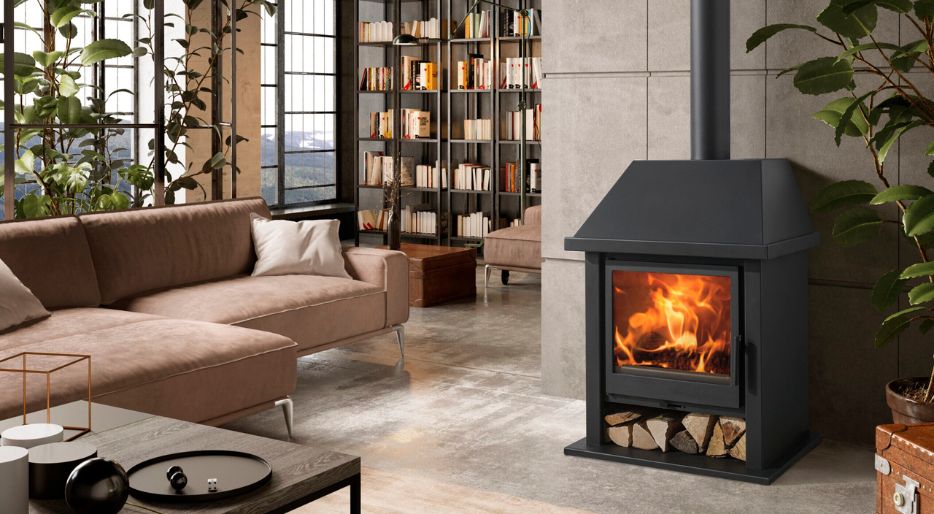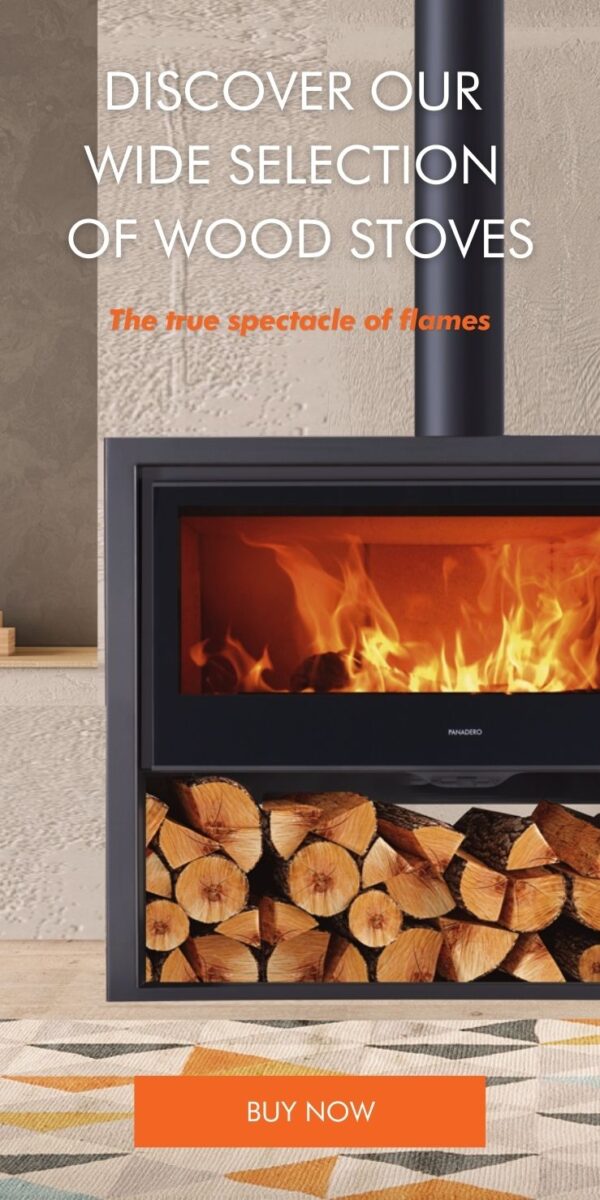Although the new ecodesign stoves are built with combustion chambers specifically manufactured to achieve the highest efficiency and a totally clean combustion process, this does not mean that problems such as the origin of creosote, a very problematic substance that must be fought daily to avoid its creation and its serious consequences, are completely eliminated. In today’s post we will show you the best habits and tips that you can apply to keep you and your appliance away from the great dangers of the appearance of creosote and its accumulation inside the ducts that make up your stove.
What is creosote and how is it formed?
Creosote is a chemical that is generated when wood burns in the stove. It is a dark, sticky, tarry substance that sticks to the walls, doors, ducts and flues of the stove. Creosote is formed by the combination of acids released during wood combustion with moisture contained in the air or the fuel itself. When the temperature of the chimney or flue is low, creosote condenses and solidifies, forming a thicker and harder layer. This substance tends to be confused with soot, another material caused by lack of cleaning and care of the stove.
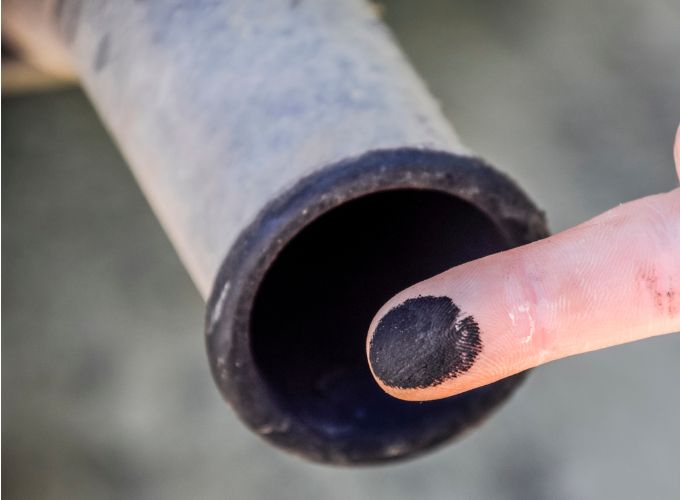
Differences between soot and creosote
These are the main differences that few people are aware of between these two annoying substances:
- Creosote is a sticky, thick, oily substance containing a complex mixture of organic compounds. Soot is a fine, powdery, solid substance containing mainly carbon.
- Creosote is formed by the combination of acids released during wood combustion with moisture in the air or in the fuel itself. Soot is formed by incomplete combustion of wood.
- Creosote sticks to the walls, doors, ducts and flues of the stove or chimney. Soot settles on the bottom or in the stove or chimney pan.
- Creosote is more difficult to remove than soot, as it requires special chemicals or tools. Soot can be easily removed with a brush or hoover.
What are the dangers of creosote accumulation?
Dermatological and respiratory problems
Irritation of mucous membranes and skin by creosote can be caused both by direct contact with the substance and by exposure to smoke or dust from creosote-treated wood. Irritation may be more severe if the skin is wet or exposed to the sun. Irritation may last from a few hours to several days, depending on the intensity and duration of exposure.
Increased risk of explosions and fires
Explosions or fires due to creosote can occur if the flue or chimney temperature exceeds 200°C. This can happen if wet wood is burnt, the stove flue is closed or a reverse chimney effect occurs. Flames can spread quickly through the flue or chimney and reach the roof or walls of the house. These fires can be difficult to control and extinguish, as well as endangering not only the structure of the appliance, but also your home and the health of its inhabitants.
Poisoning
Carbon monoxide poisoning from creosote can occur if the smoke does not come out of the flue or chimney properly and accumulates inside the house. Carbon monoxide is a gas produced by the incomplete combustion of wood that prevents the transport of oxygen in the blood. Symptoms of poisoning can include headache, dizziness, nausea, vomiting, weakness, confusion and loss of consciousness. In severe cases, it can lead to even fatal consequences for people who are heavily exposed to these gases.
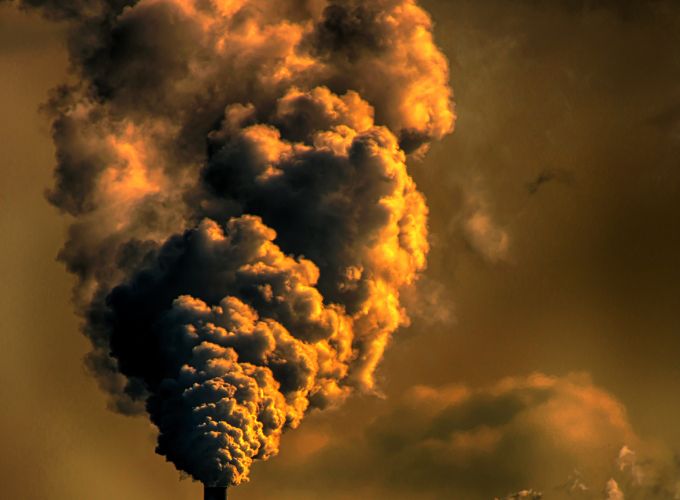
Removing creosote from your stove
By using these methods you will be able to eliminate creosote from your stove if you have not been able to prevent its creation:
- Turn off the stove and allow it to cool completely. Do not attempt to clean creosote when the stove is hot, as this can be dangerous.
- Open the stove door and remove the ashes with a shovel or hoover. Be careful not to breathe in any dust or smoke that may come out of the stove.
- With a wire brush or chimney sweep, scrub the stove walls, doors and brazier to remove adhering creosote. Vacuum up any debris that falls to the bottom of the stove.
- Disconnect the stove pipe and take it outside. With the same brush or chimney sweep, clean the inside of the pipe to remove the accumulated creosote. Vacuum any debris that comes out of the ends of the pipe.
- Reconnect the pipe to the stove and make sure it is securely fastened. Close the stove door and check for smoke and air leaks.
- Repeat this process at least once a year or whenever you notice that the stove is malfunctioning or producing a lot of smoke.

How can we prevent the creation of creosote?
The best way to avoid creosote build-up in your ecodesign wood stove is to prevent its formation through good housekeeping and maintenance practices. Here are some recommendations you can follow:
- Use dry and well seasoned firewood: with a moisture content of less than 20%. Damp or green firewood generates more smoke and more acids that favour the formation of creosote. It also burns worse and produces less heat.
- Maintain a constant, lively fire in your stove: Don’t let it go out or reduce it to embers. This will allow you to maintain a high temperature in the flue or chimney, which prevents condensation and solidification of creosote.
- Properly regulate the primary and secondary air: Of your stove to achieve good combustion. Primary air is the air that enters from under the fire and feeds the flames. Secondary air is the air that enters above the fire and helps to burn the gases. If there is too much primary air, the fire will be very intense and will consume the wood quickly, but will generate more smoke and creosote. If there is too much secondary air, the fire will be weaker and produce less heat, but will burn the gases better and reduce creosote. Ideally, a balance should be found between the two types of air for optimal and efficient combustion.
You can find these tips among many others in our blog post on stove safety.
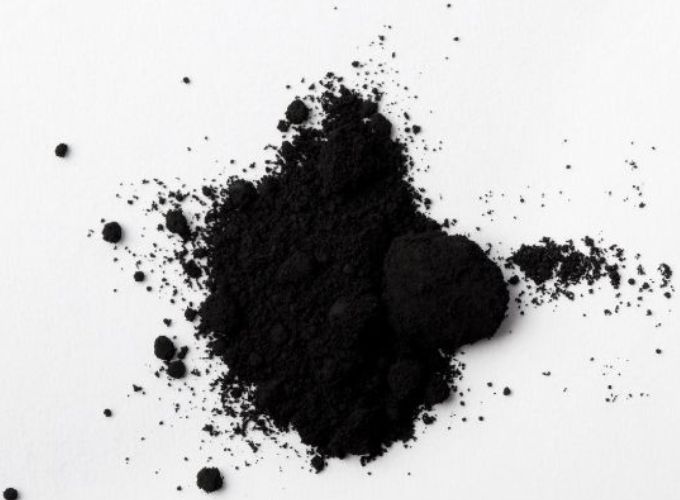
Conclusion
As you have seen, creosote is a hazardous residue that forms in your ecodesign wood stove and can cause health, safety and efficiency problems. Therefore, it is important that you follow the recommendations we have given you to avoid its formation and accumulation. Remember to use dry and well seasoned wood, maintain a constant and lively fire, regulate the primary and secondary air properly and periodically clean the flue or chimney with the help of a professional. This way you will be able to enjoy your ecodesign wood stove safely and comfortably.
Have you found this article useful? Take a look at our blog and find solutions and recommendations to help you with your fireplace or wood stove.
If you still haven’t got your fireplace or wood stove for this winter… what are you waiting for? Visit our online store of Panadero wood stoves.
Articles of interest:
- Different ideas for decorating the fireplace wall
- How to cover your chimney pipes in a creative and decorative way
- Wood-burning fireplaces for the living room: a cozy and efficient way to heat your home
- Tips for combining your fireplace and television
- How to decorate a fireplace mantel?
- Creative designs for storing firewood in your garden
- Wood stove design styles for decorating your home
Did you like this article? If so, help us spread it 😊 . Click on the buttons below here and feel free to share it on your social networks!
Thank you very much!
↓ ↓ ↓ ↓
